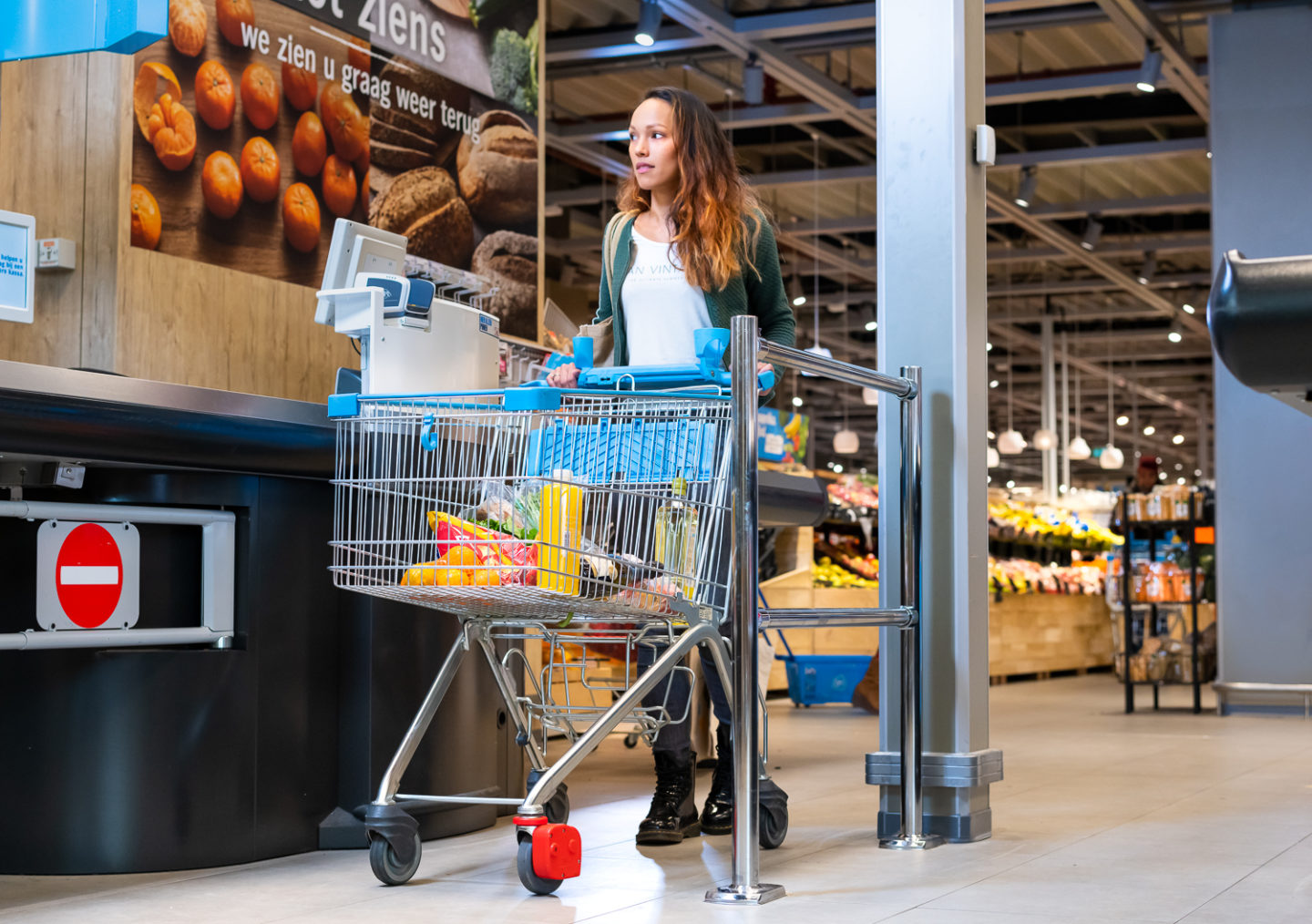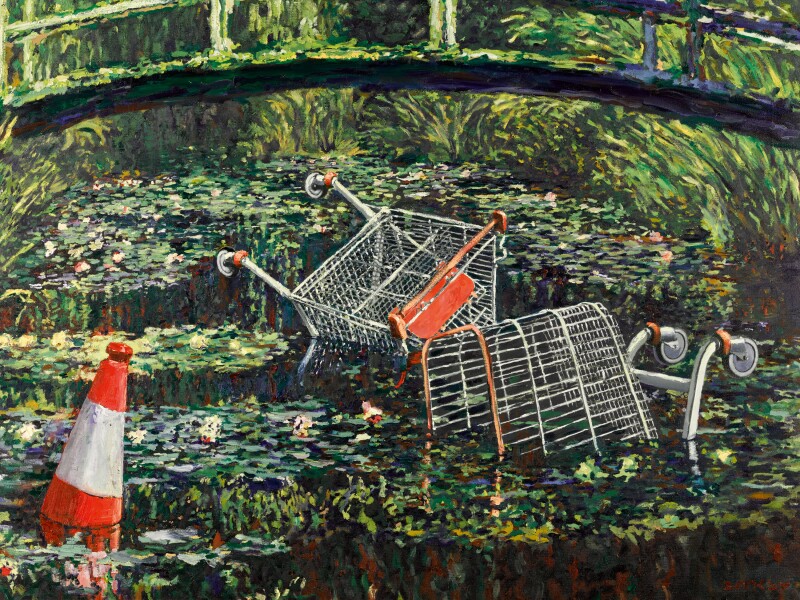When a customer arrives at your supermarket, the first thing they look for is where the shopping trolleys are. Supermarkets have been using these handy trolleys for years and your visitors automatically expect to find a shopping trolley when they go to do their daily shopping.
The shopping trolley; it seems such a simple product. It’s actually a large metal and/or plastic trolley. Yet a shopping trolley has to comply with many requirements. Not only the legal requirements for safety but also the wishes of the customer are translated into the modern shopping trolley. Think of the child seat. The first shopping trolleys did not have this, but it soon transpired that putting small children in a trolley could lead to dangerous situations. And…it left less room for the shopping. Space for (more) shopping was once the most important aim when designing the shopping trolley.
A shopping trolley must not take up too much space so that the shopping area is used optimally. This is why Orla Watson invented the interlocking shopping trolley in 1946, a development that all supermarkets still use today. The shopping trolley is one of the most successful marketing innovations of the 20th century! Today, it is impossible to imagine a supermarket without shopping trolleys.
The best innovations are the ones with win-win for both parties. You notice that your customer buys more with a shopping trolley than when he uses a basket. You are happy with the turnover and the customer is happy with the fact that he no longer has to carry heavy bags and boxes full of groceries while shopping.
However, all the best innovations also have their drawbacks, unfortunately. The shopping trolleys are not only used for shopping but are also taken home for private use. As a result, you need to buy quite a few new shopping trolleys every year to maximise your turnover and keep your customers happy. The people living near your shop are also happy if they do not find shopping trolleys lying around. Despite these disadvantages, this innovation is used as a great inspiration.
Rocateq supplies and installs this innovative solution against theft and loss of shopping trolleys. Your shopping trolleys are secured against theft and you save on the purchase of new ones every year. The people living near the supermarket and the municipality will be grateful that shopping trolleys no longer roam the neighbourhood. In addition, you will always have enough shopping trolleys available for all your customers.
Not only shop owners and customers are happy with this innovation, but also many artists have been inspired by shopping trolleys over the years. Books have been written about them, they appear in films and the 1994 Neil Young album “Sleeps with Angels” features the track “Safeway Cart”.
British artist Bansky became world famous for selling a painting for €1.2 million at a Sotheby’s auction on 5 October 2018, which automatically shredded after the sale. Bansky also took inspiration from the shopping trolley as his painting “Show me the Monet” shows. At the Edgemar Shopping Mall in Santa Monica, California, artist Anthony Schmidt has been creating a Christmas tree out of shopping trolleys every year since 1995.
Many may not even know they have a shopping trolley theft problem because most Loss Prevention executives never see financial loss information regarding shopping trolleys. Find out what the real impact of shopping cart loss is and how it affects your sales.
Download now


